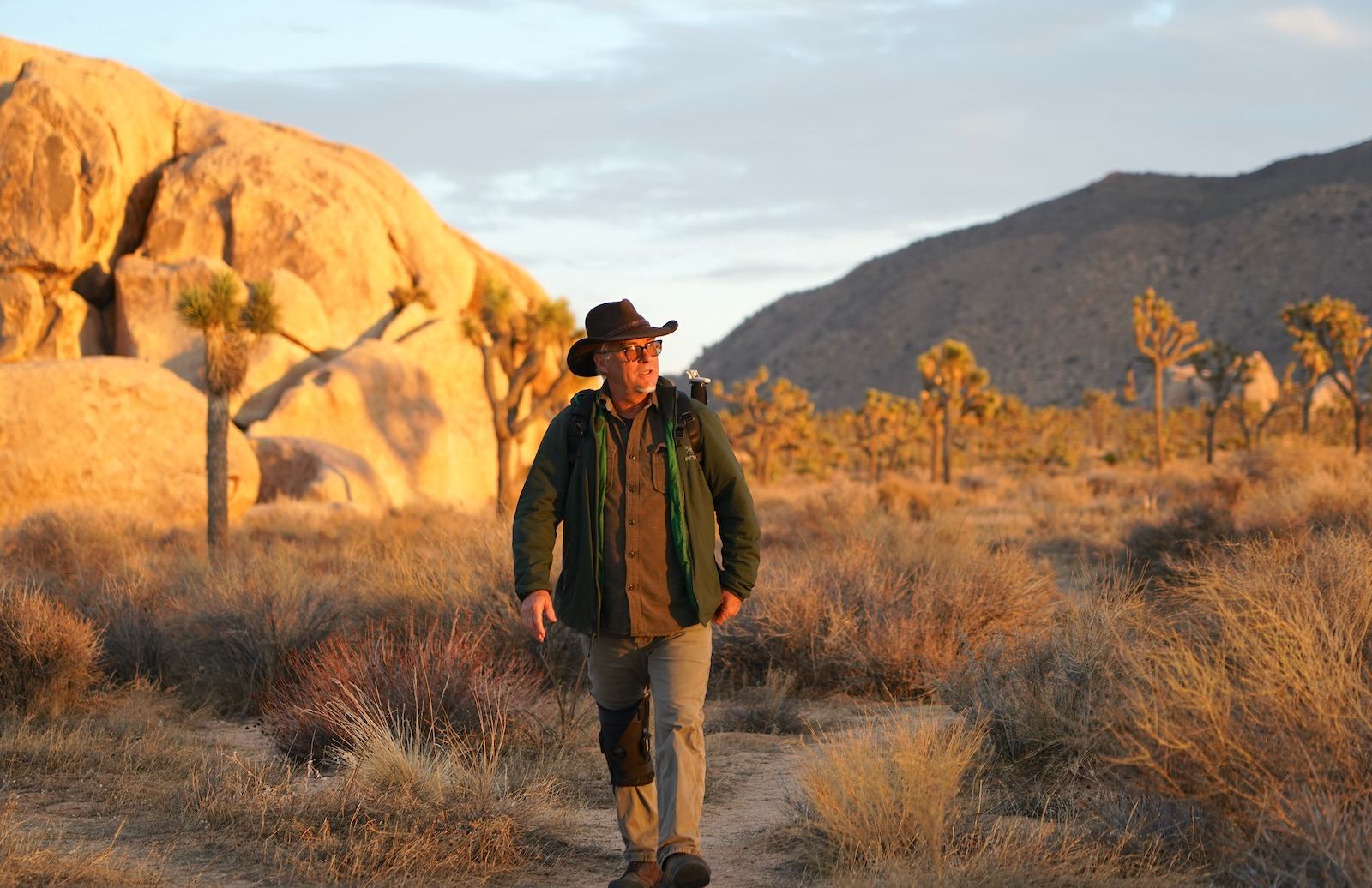My True Home
How Thich Nhat Hanh helped me find refuge as a child of Vietnamese refugees The post My True Home appeared first on Tricycle: The Buddhist Review.

 Kim Thai. Photos by Karjean Levine
Kim Thai. Photos by Karjean Levine“Your true home is in the here and the now.”— Thich Nhat Hanh
Home is a complicated, layered concept when you are a first-gen kid.
My parents immigrated to the United States in 1977 as Vietnam War refugees. Their love for one another helped them navigate an apocalyptic post-war Saigon while raising a newborn. Through unwavering love, resilience, and a series of miracles, my parents survived two years of separation under the totalitarian Viet Cong government and managed to sneak out of the country below deck in a fishing boat in the middle of the night.
My family’s story is incredible but not necessarily singular. Millions of Vietnamese people immigrated and sought refuge in countries that provided a safe haven—my parents and the late Venerable Thich Nhat Hanh included. (Between 1975 and 1995, over three million people fled Vietnam, Cambodia, and Laos, with more than a million settling in the US.)
As a teenager, I was hungry to find someone with that same lived experience, but growing up in a predominantly white neighborhood outside of Houston in the late 90s made that challenging. The closest Vietnamese community was 45 minutes away—without traffic. In many ways, my upbringing in Texas was a microcosm of the Vietnamese diaspora; so many families were grateful where they were, but at the same time, they missed community, family, and home.
As a first-gen kid, I struggled with wanting desperately to belong, at times hating my points of difference—from my fragrant sack lunches to my almond-shaped eyes. Years and years of microaggressions against and around me bled into my subconscious. From becoming the butt of jokes to wishing that my nose was a little bit taller, I slowly started to believe that I was not good enough simply because I didn’t look like everyone else around me—white. I know now, through much healing and my work at my non-profit GaneshSpace, that these survival tactics were internalized racism rearing its ugly head during adolescence. But that awakening took time.
It wasn’t until college, and some encouragement from one of my journalism mentors, that I started asking my parents questions about their journey, their story. And for possibly the first time in my life, I was listening—or as Thich Nhat Hanh would say, practicing deep listening. Over hours and hours of interviews and conversation, I started to see that this history—my history—wasn’t something I should have an aversion to, but instead, embrace.
My Vietnamese identity shape shifted from a required uniform into a patchwork cloak, and I wanted to find all the pieces:
What does Vietnam look like? Smell like? Taste like?
What did my parents have in their house?
What was their favorite spot during their honeymoon in Đà Lạt?
Their favorite restaurant in Saigon?
Was everyone Buddhist?
This well of curiosity burst open, transforming into a deep, untapped longing. But a new type of quiet, unique suffering began for me as a first-gen kid—as I first recognized the space between Asian and American. I desperately wanted to know a Vietnam that no longer existed while I tried to feel at home in a country where I didn’t always belong.
Suddenly, I was no longer just displaced, but also lost.
“For things to reveal themselves to us, we need to be ready to abandon our views about them.” — Thich Nhat Hanh
After college, I moved to New York City and spent years searching for a spiritual home. I was first drawn to Buddhism not because of its teachings, but because it was the closest thing that reminded me of my family now that I was 1,700 miles away from them. All the semblances of what felt like home were gone—Vietnamese culture was non-existent in New York. I ached from loneliness, walking among 8.9 million strangers, looking for community. I jumped around from sangha to sangha, almost as if it were a dating circuit, swiping left constantly—never quite fitting into any space, frustrated at coming up empty over and over again. Eventually I found a yoga studio that fed parts of me, but something was still missing. The aching feeling in my body wasn’t from the poses or postures I was practicing, but instead the deep desire to belong somewhere. Anywhere.
Then, a year ago, I signed up for Plum Village’s Action of the Heart retreat. I had already spent the long pandemic year trying to repair my relationship to my spiritual practice, without finding any solid ground. Most of the spiritual communities with whom I had studied and trained did not survive the pandemic-inspired economic crisis, and 2020’s many racial reckonings ripped away the veil that had protected teachers I once idolized, exposing much harmful behavior. The idea of looking for a home yet again was exhausting, but I felt more lost than I had in years. To have gained clarity on my spiritual path only for it all to be taken from me felt like a deep laceration to my heart that I knew I would have to heal.
I had my own practice of self-study but I wanted more. I was hungry for a teacher, a sign—anything to help me continue to move forward on what I believed was my dharmic path to serve others who also did not feel like they belonged. I impulsively signed up for a few retreats and trainings, hoping they would lead me somewhere; Plum Village’s Action of the Heart was one of them.
I had dipped my toe in the Plum Village community on and off for a few years, visiting Blue Cliff, its upstate New York campus, a handful of times and keeping a dog-eared stack of Thich Nhat Hanh’s books, but I had never looked deeply into the tradition.
As I waited for the Zoom to start, I felt nervous and excited. I looked at the little makeshift altar that my partner suggested I create in our small NYC bedroom. I had grown weary of and disconnected from the practice space I had carved out in our second bedroom, cluttered with papers and notebooks from my now fully remote work life—yet another way home felt distant.
I gazed at my beautiful brass statue of Quan Am, the female bodhisattva of compassion (Chinese: Guanyin.) I smelled my Vietnamese incense, the same kind my dad lit every morning when I was a kid, its light floral scent instantly transporting me to my childhood home, to my family.
Suddenly, I heard the ringing of a bell. Its vibrant sound brought me to exactly where I needed to be.
“I have arrived. I am home.” — Thich Nhat Hanh
To say that the next five days were transformative would be an understatement. To be in the presence of the Plum Village monastics is an experience that cannot be explained, only felt. Their levity, their joy, their peaceful and kind demeanor are a beautiful reminder of what the embodiment of these teachings looks like when fully practiced.
I had expected that energy, having been to Blue Cliff before, but what I had not anticipated was to be so entrenched in Vietnamese culture—to be invited back to myself and my roots:
I practiced traditional Vietnamese Thien Buddhist rituals, the Plum Village way;
I watched the monastics wear sun hats and eat Vietnamese food in noble silence;
I heard the morning chants sung beautifully in Vietnamese.
I finally found a bridge to Vietnam outside of my parents, made of beautiful dharma and living bodhisattvas.
It was profound and healing to witness my culture being honored, revered, even. For the first time in my life, I was not fighting the feeling that being Vietnamese meant being the other. It just felt like being me.
 Thai meditating at Blue Cliff Monastery in Pine Bush, NY
Thai meditating at Blue Cliff Monastery in Pine Bush, NYAs we introduced ourselves in our dharma circles, Sister True Vow asked me if I preferred to be called “Kim” the English way or the Vietnamese way, “Keem.” (After watching people butcher my sister’s name—Khuê—all her life, my mother, ever so wise, had chosen my name intentionally because it was easy in both languages.) I was taken aback by the question, having never been asked before . The pronunciation of my name always followed whatever social circle I was in: “Kim” at work, on the streets of NYC and most of my day-to-day; “Keem” when I was with my family. Sister True Vow waited patiently for me to answer, giving me the space to feel the agency she had just given me—to understand that I always had the choice to begin with.
I chose my Vietnamese name. And, perhaps for the first time in my life, I felt the embodiment of its meaning: gold. I was no longer a watered-down version of myself, but instead a bright, soft, precious resource from and for the world.
As we moved through the week, the community also honored other parts of my identity, from my queerness to my social justice advocacy. I was finally able to show up in a community as the fullest expression of myself. In a few days, Thich Nhat Hanh became Thay (teacher) to me, his dharma illuminating how anyone can find refuge in this life—even refugees.
On the last day of Action of the Heart, I decided to further my commitment to the Plum Village tradition. Not only had I found my community ancestrally, but I also found community in those who, like me, were drawn to the subtle ways Thich Nhat Hanh took core Zen Buddhist teachings and distilled them through a diasporic lens into accessible dharma for not just Vietnamese folks, but for the whole world. As I recited the Five Mindfulness Trainings and touched the earth by bowing my head down to the ground, I felt all the pieces of me finally come together.
Sister True Vow gave me the dharma name “Ancestral River of the Heart,” which awakened me to a part of myself that had always been there—my true Buddha nature. She explained that she gave me that dharma name so I could continue to honor my ancestral line and deepen and widen our lineage. I finally understood Thay’s deepest teaching—that through my breath and being in the present moment, my true home is in me.
As I continue my studies with the hope of one day becoming a lay dharma teacher in the Order of Interbeing, I will be forever grateful to Thay and the Plum Village teachers and community for this awakening, this gift. Because I am no longer lost, I know that I can always find my way back home.

Get Daily Dharma in your email
Start your day with a fresh perspective

Explore timeless teachings through modern methods.
With Stephen Batchelor, Sharon Salzberg, Andrew Olendzki, and more
![]()
Thank you for subscribing to Tricycle! As a nonprofit, we depend on readers like you to keep Buddhist teachings and practices widely available.
This article is only for Subscribers!
Subscribe now to read this article and get immediate access to everything else.
Already a subscriber? Log in.

 Troov
Troov 





























